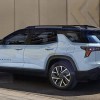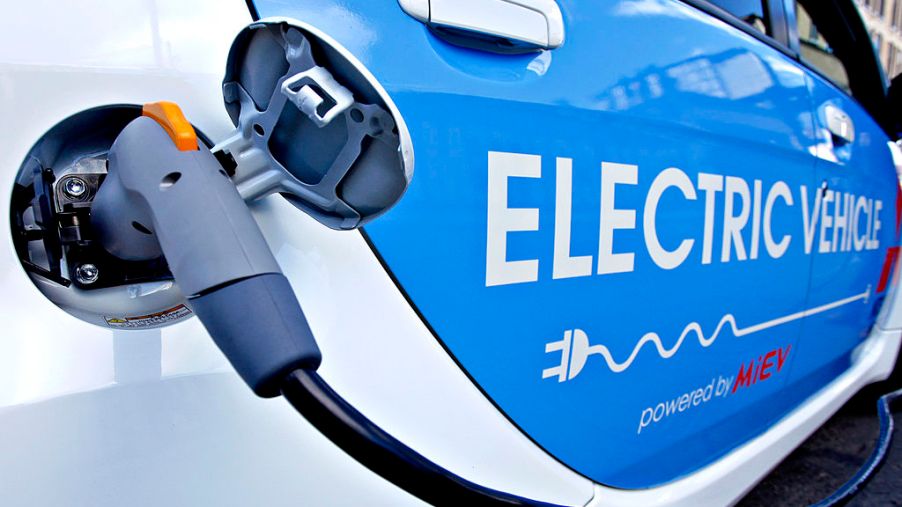
Calculating EV Tax Credits is Confusing: Now There’s a Helpful Online Tool
The Inflation Reduction Act is pushing electric vehicle sales to both help EV manufacturers and dealers, while also reducing carbon emissions. It keeps the $7,500 credit already applied to new EV purchases but hasn’t left out lower incomes. It offers up to $4,000 toward the purchase of a used EV. But buyer qualifications, and which used EVs the tax credit applies to, are confusing to calculate. Not all buyers and EVs qualify. But now a company is providing an online tool to help determine buyer requirements, and which EVs are part of the program.
Where is the EV Tax Credit tool?
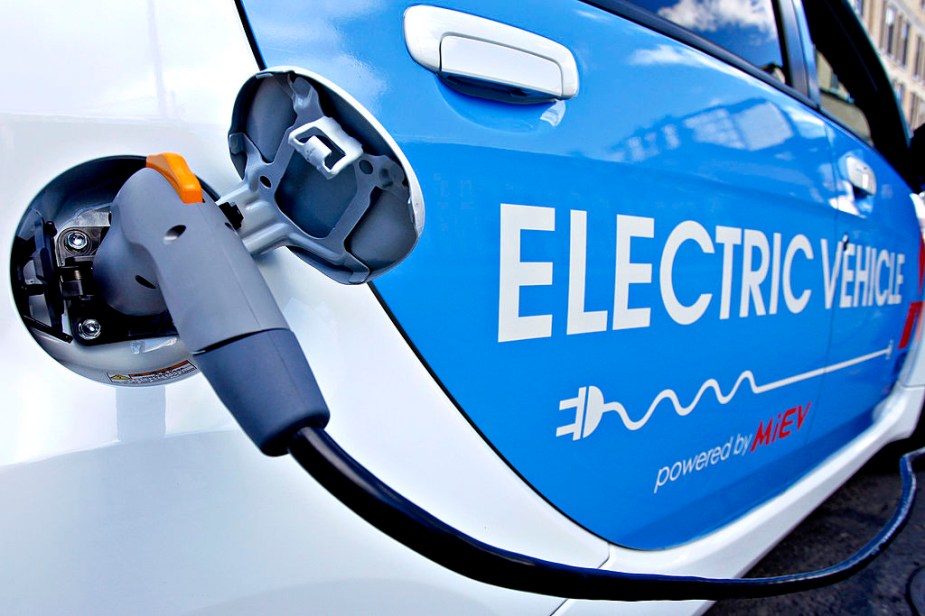
For those that need some assistance to smooth out the homework, Recurrent Auto has an online tool. It asks buyers to enter the EV’s VIN number, which calculates its eligibility. It also helps establish if a buyer’s income and living circumstances translate into receiving an EV tax credit.
The Recurrent site also lists all of the typically used plug-in hybrids and battery electric cars, their average prices, and approximately how many are currently for sale. Since there are several factors that may or may not qualify a car, it’s not as easy as just listing EVs. But the list does identify those that could qualify, and whether they’re selling in your price range.
It also helps determine if a price is too good to be true. Since battery life significantly affects value, a much cheaper EV could mean something is wrong. But since eligible cars must be sold by licensed dealers, the chances of them having compromised cars are fairly small.
“The used car market is twice the size of the new car market, so in a lot of ways this used EV credit is more important than the new EV tax credit over the long term,” says Recurrent CEO Scott Case. “Many more future EV shoppers will be looking for used cars than for new ones, so this bill has the potential to help a lot more drivers.”
What are some of the EV Tax Credit restrictions?
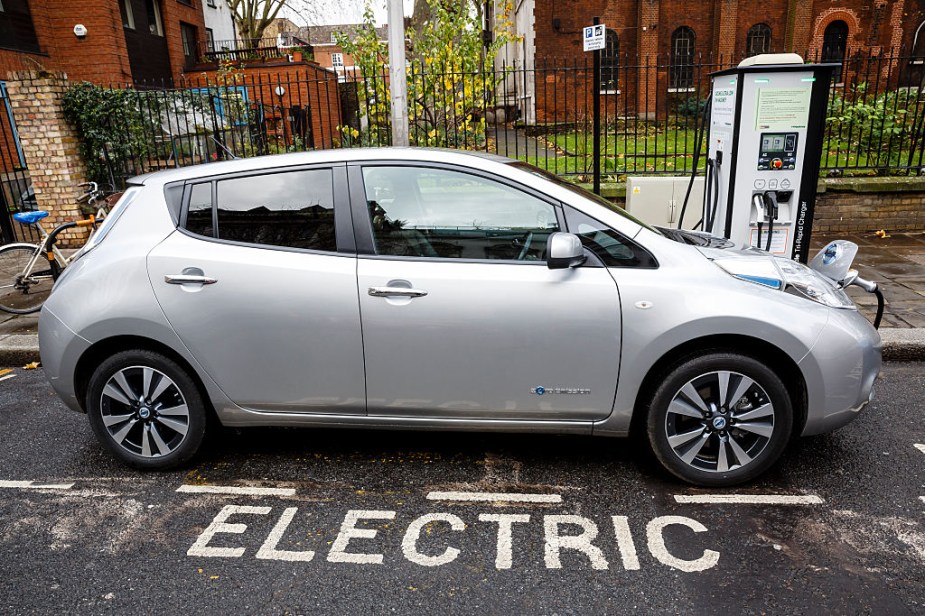
To help get you in the tent, here are five categories the IRS lists that eligible cars must have.
1. Only cars older than two years can qualify, which means nothing newer than 2021.
2. The battery must have a minimum of 7kWh.
3. Only licensed dealers can sell you the EV.
4. The car can’t be one that has already been used in the program.
5. The EV must cost less than $25,000. Keep in mind that this doesn’t preclude you from looking at cars costing more, with the hope the seller lowers the price.
Also, since these are older EVs, the range will be lower than the advertised numbers you may be seeing for new electric vehicles. Some have only ranges from 65 miles to 100 miles. So don’t expect one that can go 250 miles between charges. After looking at a specific car’s range you’ll need to determine if it fits your personal needs. One last thing to keep in mind is the tax credit won’t expire until the end of 2032, which gives you plenty of time to take advantage of it.
Is there a downside to the IRS credit?
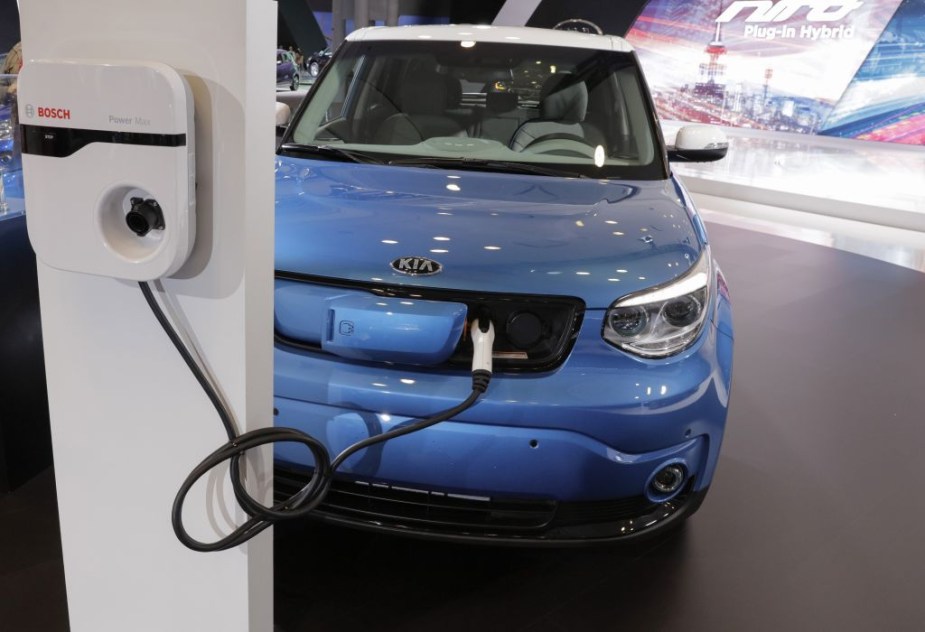
The only potential downside is that the tax credit could increase the price of all used EVs. So effectively, the buyer ends up paying the same as they would have before the credit. In that case, sellers are the ones that profit the most. However, that also means residuals will be higher, which will help new owners when they sell their EVs.

